I don’t know what it’s like where you live, but whenever I thought about filming nature and wildlife, my home turf in Eastern Iowa was usually pretty far down the list of locations where I wanted to plant my tripod and hit the record button. However on the last couple of years I’ve spent a lot of time doing just that. As I have found a greater appreciation for what I had in my backyard, I’ve found several advantages to taking my video camera to local nature areas to film versus traveling to distant lands.
Ability to Film Events at a Moments Notice
In 1988, fires consumed more than a million acres in Yellowstone National Park. I wasn’t able to film any of this unprecedented fire because as I was 1200 miles away in Iowa with no way of taking off and traveling to Yellowstone.
 By the time I was able to make the trip out West, the fire was under control but I was able to travel to Glacier National Park where I was able to film a fire there with a Smithsonian photographer.
By the time I was able to make the trip out West, the fire was under control but I was able to travel to Glacier National Park where I was able to film a fire there with a Smithsonian photographer.
Indian Creek Nature Center will send me an email when they are planning to do a controlled burn in their tallgrass prairie. Since I just live a few miles from the nature center, it’s easy for me to go home, grab my gear and film the tallgrass prairie in flames.
So while there are certainly a lot of places on my bucket list where I’d love to film, the ability to react quickly means that I have a better chance of capturing an event than I would a thousand miles away.
It’s Your Backyard
Near my home I have several places that I return to time after time to film because they offer so much diversity and beauty.
Since I visit these places sometimes on a daily basis, I know many details about each of them.
I know what plant species grow where and what wildlife I’m likely to find in a certain area.
I remember on Fall I discovered a patch of tallgrass prairie that contained quite a few dew covered dragonflies.
I was surprised to see them so far from a water source.
Unlike damselflies, dragonflies are very strong fliers so they will often be found away from water whereas damselflies will always be found near a water source.
Knowing that, on mornings where the prairie is covered in dew I know where to find dragonflies to film.
I know what trails the deer use going into the prairie and which ones they use going into the woods.
Of course none of this guarantees that the wildlife will be there for my video camera to capture, but it increases the possibility by knowing that they frequent that area.
Establish relationships with locals who will help you discover new locations to film
When visiting nature locations that attract a lot of tourists like Yellowstone, the people in charge have no idea if you are an ethical nature and wildlife filmmaker.
 I remember watching a show on TV about nature and wildlife photography several years back. Two photographers were headed to a spot where the day before one of them had noticed a patch of beautiful flowers blooming against a stunning backdrop.
I remember watching a show on TV about nature and wildlife photography several years back. Two photographers were headed to a spot where the day before one of them had noticed a patch of beautiful flowers blooming against a stunning backdrop.
When they arrived, someone had cut all the flowers. The speculation was that it was another photographer who cut them down so no one else could photograph them in order to increase their chance of selling the images.
This is the kind of thing that happens every day. So if there is something that is off the publics radar, most officials are hesitant to give you directions or even inform you that something even exists.
I spent some time in Yellowstone several years ago and met a young ranger who was into photography.
We went out several times and captured many common sites in the park on film and video.
While we were out filming, he had a chance to observe my ethics as well as learning from our conversations what kind of filmmaker I was.
He gave me several locations to go and film that the public had no clue were even there.
Places where wildlife had probably never encountered people and were curious enough to check me out which resulted in some great footage.
But also he told me about ruins in the park that probably not many people ever get to visit.
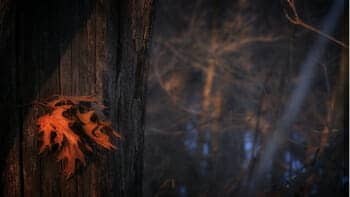 If I hadn’t had the time to let him get to know me he would never have trusted me with the information he gave me.
If I hadn’t had the time to let him get to know me he would never have trusted me with the information he gave me.
When you go out and film in your own neck of the woods, you start to meet people who also love nature and wildlife. If you establish a relationship with these people and they see that you are as passionate about nature as they are they will start to share their knowledge of the area with you.
A perfect example is my relationship with Indian Creek Nature Center. They’ve seen my work, I’ve done presentations there and I’m pretty much a fixture in the tallgrass prairie most evenings.
They know my ethics as well sharing the passion they have for protecting nature, wildlife and the environment.
One Winter I was going over a book on woodland wildflowers looking to see what interesting species my be found in Eastern Iowa.
I found some species that I would love to film if they could be found around here.
I emailed the nature center and asked if they knew if any of the flowers could be found around here.
They said that in fact they had several growing right on the nature centers property. They went on to explain that they were reluctant to make the flowers public because when they had in the past they would usually discover a big hole where the flowers had been. Someone had dug them up to take home not knowing that these species require specific conditions to survive. By digging them up they were essentially giving them a death sentence.
Understandably they wanted to protect these rare species from the same fate. Because they knew me very well and that I would do everything I could to protect these flowers including not sharing their location, they welcomed me to film them.
Network with Those People
Once you establish a relationship with locals, ask them to keep you informed whenever they discover something interesting that you may want to film.
Jean, the land steward at Indian Creek Nature Center will email me when they are going to have a tallgrass prairie burn.
Master gardeners will tell me when certain species are blooming.
I’ll get emails from people telling me about a fox vixen that has a litter in a culvert near their property.
By establishing a relationship and letting them know that I’m interested in filming just about anything related to nature and wildlife, I essentially have a network of scouts covering far more ground than I could possibly do on my own.
I will often send frame grabs of the footage I’ve shot to someone who had sent me a tip on where to find my film subjects. It’s a small way to say thank you and I think people get excited to see how their “find” looks after I’ve captured it on video.
These are just four reasons why you should be filming nature and wildlife in your own backyard. I’m sure there are many more reasons. If you think of any, please leave a comment below. I’d love to hear your thoughts on this too!
And as always, shoot the ordinary and make it extraordinary!




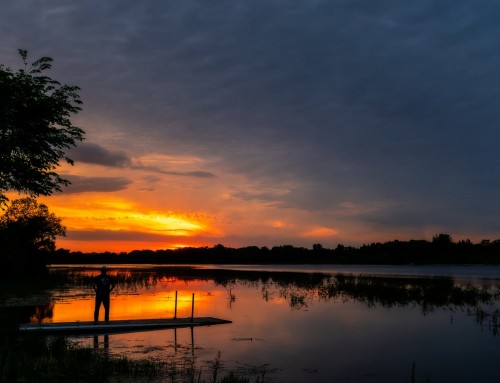
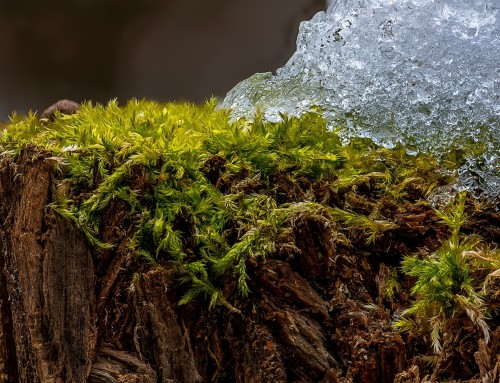

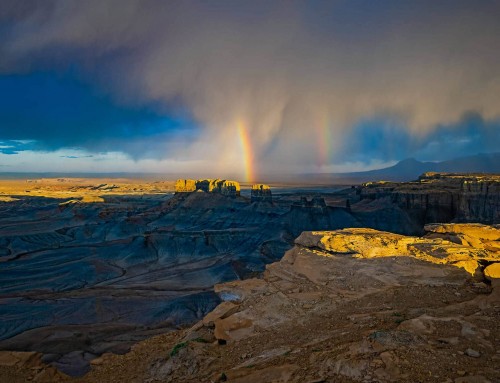
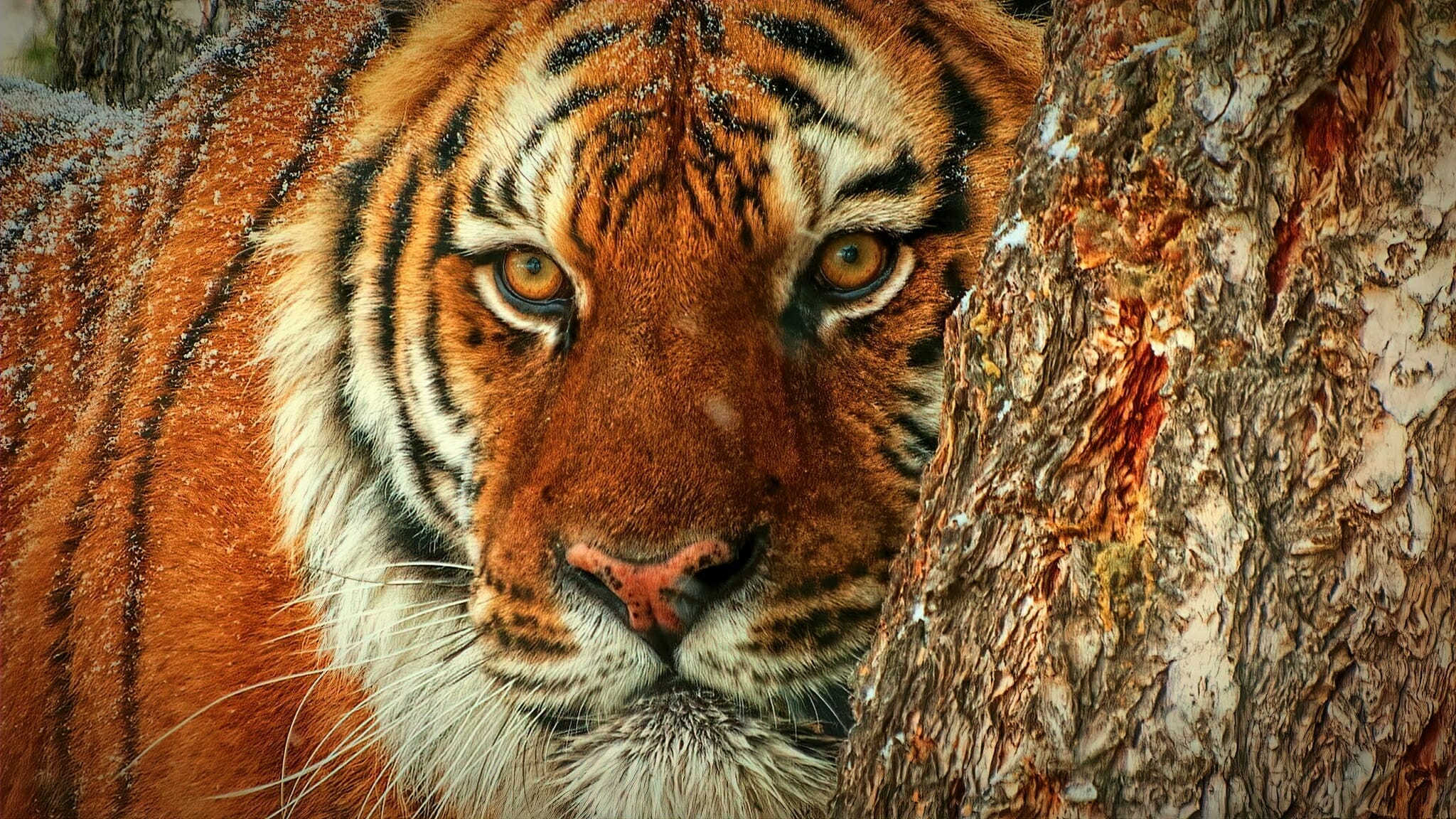
I have enjoyed filming all the wildlife that comes to the native plantings in my own backyard over the past 3 or 4 years. It’s great to see the different species that emerge coinciding with the seasons and growth stages of the plants year to year.
Here’s 2013 in the native plant garden: https://vimeo.com/87950141
David,
Thanks for taking the time to leave a comment. I really appreciate it!
I’ve only been in my current house for a year so I’ve only had one season to observe what is growing around the house.
Luckily the previous owners believed in a lot of native plants and windflowers. It was a joy to see purple coneflowers growing around the shed in the back and a great shaded natural area that became a sanctuary for all kinds of creatures. Even found a raccoon on my back deck this past fall.
The neighbor behind me believes in keeping a natural yard so between the two of us, we have a little oasis for nature and wildlife to live in peace and quiet away from all the neatly manicured backyards and non native plants.
I’ll certainly check out your video when I get back to the office!
Thanks again for leaving a comment and feel free to start a dialog about anything you feel is relevant.